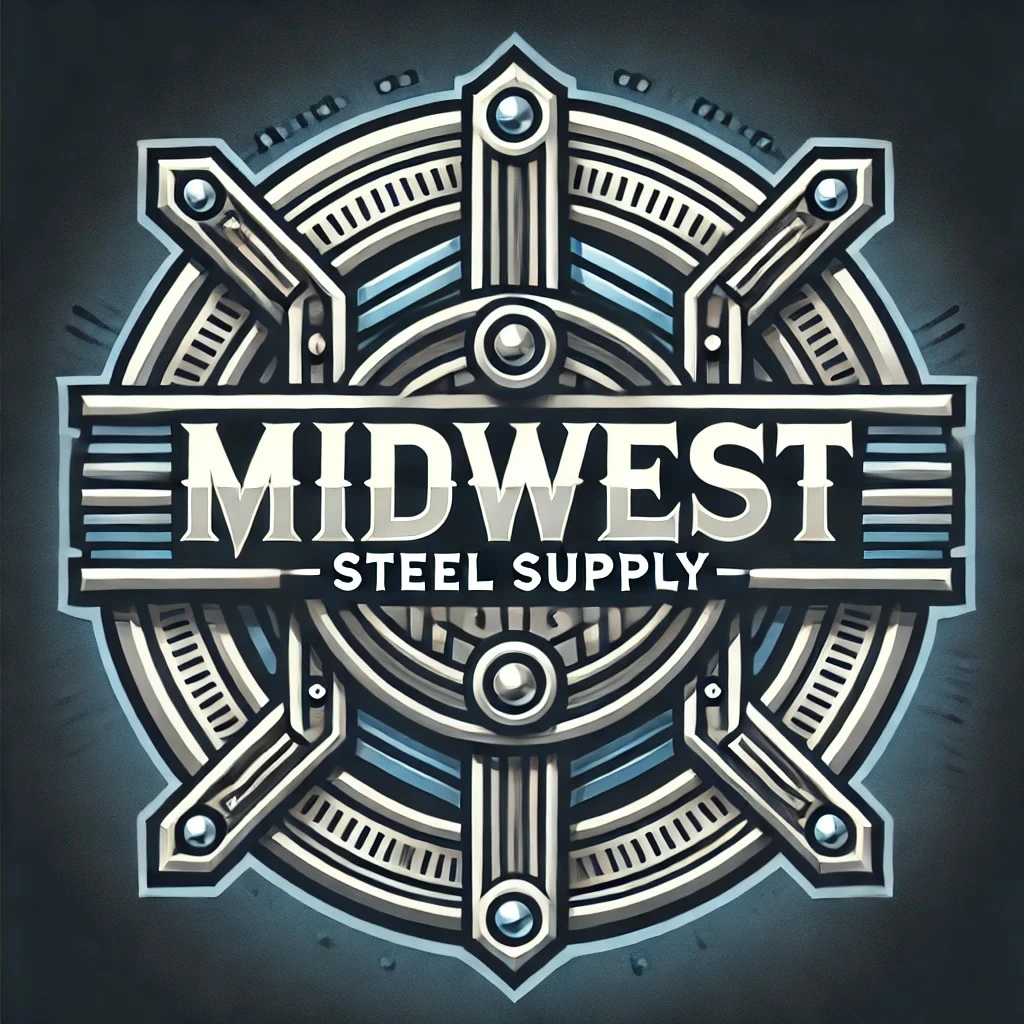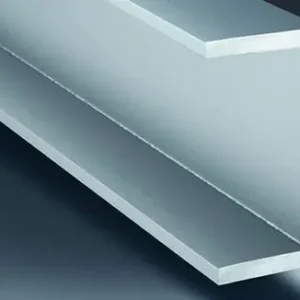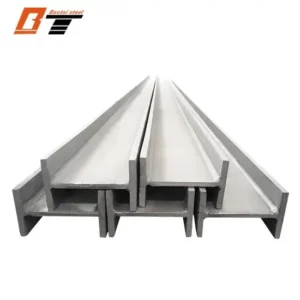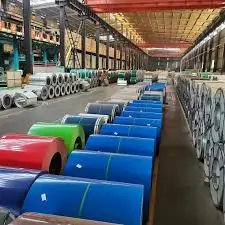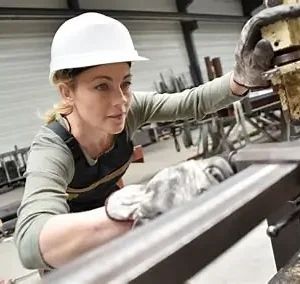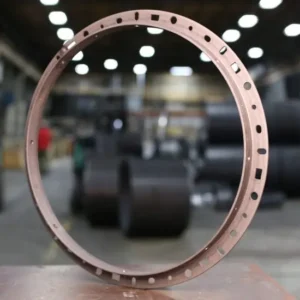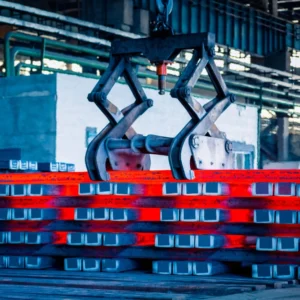ASTM A992 US the United States and EN10025 S355 Africa A Comparative View of Structural Steel Markets
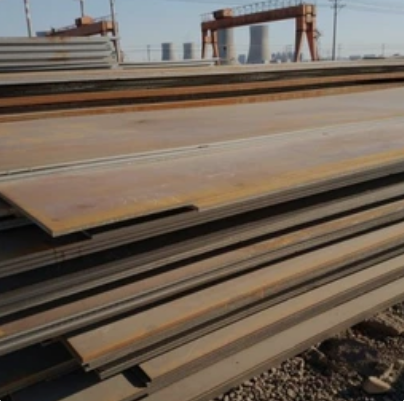
Introduction
ASTM A992 US Structural steel is the backbone of modern infrastructure and construction. Two standards dominate on their respective continents: ASTM A992 in the United States and EN10025 S355 Africa and other regions that follow European norms. Each standard defines steel grades used in beams, columns, and heavy structures, but their market behavior, pricing, and usage differ widely because of local production capacities, supply chains, and industrial maturity.
This article explores the characteristics and pricing dynamics of ASTM A992 in the U.S. market and EN10025 S355 in African markets, offering a comparative look at how each grade serves regional demand.
Part I: ASTM A992 in the United States
What Is ASTM A992?
ASTM A992 is the American standard specification for rolled structural steel shapes—primarily wide-flange (W-shape) beams used in buildings, bridges, and general construction. The grade was developed to provide better weldability, higher strength, and more consistent mechanical properties compared to older standards such as ASTM A36 or A572 Grade 50.
The designation indicates:
-
Minimum yield strength: 50 ksi (≈ 345 MPa)
-
Tensile strength: 65 ksi (≈ 450 MPa) minimum
-
Yield-to-tensile ratio: Not to exceed 0.85, ensuring good ductility
-
Chemical composition limits: Controlled carbon, manganese, and silicon to balance weldability and strength
Because of its reliability, A992 has become the dominant choice for structural beams in the U.S. steel construction market.
Market Role and Adoption in the U.S.
In modern American steel fabrication, A992 is the default grade for most wide-flange shapes. Domestic mills produce it at scale, and it is widely stocked by service centers and distributors. Structural engineers specify A992 routinely, benefiting from predictable mechanical properties and easy substitution across suppliers.
Major advantages include:
-
Consistent quality and predictable yield strength
-
Excellent weldability for both manual and automated processes
-
Improved ductility, making it suitable for seismic-resistant design
-
Compatibility with modern structural design codes and fabrication standards
A992’s dominance has created production efficiencies—mills roll it in high volume, allowing cost competitiveness even when alloy and testing requirements are higher.
Price Behavior and Market Drivers
A992 pricing in the United States depends on the same fundamentals as broader steel markets but with some structural specifics:
-
Raw materials: Iron ore, scrap steel, alloying additives, and energy costs drive mill prices.
-
Energy and utilities: High energy consumption during rolling and finishing affects per-ton cost.
-
Transportation: Wide-flange beams are bulky, so freight and fuel fluctuations can change delivered cost significantly.
-
Demand cycles: Construction booms or infrastructure funding increase consumption, pushing prices upward.
-
Mill competition: Domestic competition among major producers tends to stabilize prices.
-
Trade policy: Tariffs or import restrictions affect both foreign competition and input prices.
Average A992 pricing generally aligns with mid-to-high ranges of U.S. structural steel costs, often between USD 600 and USD 900 per ton depending on section size, region, and market cycle.
Economic and Structural Advantages
Although A992 can cost slightly more per ton than simple carbon steel, it often reduces total project cost. Because its yield strength is about 40 percent higher than that of A36 steel, designers can specify lighter or smaller members for the same load. This reduction in material weight cuts shipping, erection, and labor costs.
A992’s mechanical consistency also minimizes waste and fabrication rework. Many U.S. contractors report overall savings in total installed cost, even if per-ton purchase price is marginally higher.
The Outlook for A992 in the U.S.
The demand for A992 remains strong across commercial, industrial, and infrastructure projects. With national emphasis on rebuilding bridges, transportation hubs, and clean-energy facilities, demand for high-strength structural shapes will continue to grow.
Analysts expect pricing stability through 2025–2026, with mild upward pressure if raw-material and energy costs rise. The U.S. structural steel market remains mature, competitive, and efficient—offering consistent availability of A992 products nationwide.
Part II: EN10025 S355 in Africa
Understanding EN10025 S355
EN10025 is the European standard for structural steels. Within it, S355 denotes a family of medium-strength structural grades with a minimum yield strength of 355 MPa. The suffixes (JR, J0, J2, etc.) specify impact-test temperature and toughness.
Common variants include:
-
S355JR: Tested at +20 °C
-
S355J0: Tested at 0 °C
-
S355J2: Tested at –20 °C
These steels are used for bridges, industrial buildings, mining structures, heavy equipment, and energy installations. They are appreciated for weldability, mechanical strength, and broad availability in plates and sections.
The African Steel Context
Africa’s steel industry is diverse but still developing. Many countries import large volumes of finished or semi-finished steel because local mills rarely produce advanced structural grades like S355 in sufficient quantities.
Key features of the African market include:
-
Import dependency: Most S355 plate and section steel arrives from Europe, Asia, or the Middle East.
-
Logistics complexity: Port handling, inland transport, and customs clearance can add 20–40 percent to base cost.
-
Currency volatility: Exchange-rate swings against the dollar affect landed cost unpredictably.
-
Limited local stock: Distributors often carry limited inventories, leading to longer lead times.
-
Project-driven demand: Large infrastructure projects (railways, bridges, power plants) drive short-term spikes in demand.
Despite challenges, Africa’s need for durable structural steel remains strong as governments invest in infrastructure and industrialization.
Price Levels and Regional Variation
The base price of EN10025 S355 ex-mill or FOB in 2025 typically falls between USD 650 and USD 950 per ton, depending on thickness, treatment, and supplier. Once freight, duties, and inland logistics are included, landed prices in African countries commonly reach USD 900 to USD 1,400 per ton.
Regional variations include:
-
North Africa: Countries like Egypt and Morocco benefit from proximity to European suppliers, keeping costs moderate.
-
West Africa: Import duties and port costs push prices higher; Nigeria and Ghana often face the top end of the range.
-
Southern Africa: South Africa has partial local rolling capacity, which sometimes narrows the premium.
-
East Africa: Projects in Kenya, Tanzania, and Ethiopia rely heavily on imports, adding logistics cost.
Factors Driving African S355 Prices
-
Ocean freight and inland transport – Long shipping routes and port delays add significantly to the landed cost.
-
Import tariffs and taxes – Duty rates can vary widely among countries.
-
Supplier margins – Distributors often add safety margins to account for currency risk.
-
Infrastructure constraints – Limited rail or road connectivity raises trucking costs.
-
Project timing – Large infrastructure projects can create temporary shortages.
-
Quality assurance – Buyers pay premiums for certified, traceable steel meeting EN10025 standards.
Because S355 steel is project-critical, buyers often prioritize reliability over cost alone, further supporting a price premium.
Procurement and Risk Management in Africa
Sourcing structural steel in Africa requires careful planning:
-
Specify clearly the required grade (e.g., EN10025-S355J2) and ensure the mill certificate matches.
-
Request delivered (CIF or DDP) quotations to include freight, customs, and inland transport.
-
Use regional consolidation hubs to minimize fragmented logistics.
-
Mitigate currency risk by pricing in stable currencies or through forward contracts.
-
Plan long lead times to avoid emergency air-freight or premium surcharges.
-
Verify quality through third-party inspection at origin and destination.
These practices help buyers control total cost and avoid delays on major projects.
Comparative Perspective: A992 vs S355
Although A992 and S355 serve different regions, both represent medium-to-high-strength structural steels that balance strength, weldability, and economy.
| Aspect | ASTM A992 (United States) | EN10025 S355 (Africa context) |
|---|---|---|
| Standard Origin | American (ASTM) | European (EN) |
| Yield Strength | 50 ksi (≈ 345 MPa) | 355 MPa |
| Typical Products | Beams (W-shapes) | Plates & sections |
| Market Source | Domestic U.S. mills | Imports to Africa |
| Price Range (2025) | USD 600–900 per ton | USD 900–1,400 per ton (landed) |
| Supply Chain Maturity | High | Variable / Developing |
| Key Cost Driver | Raw materials & energy | Freight & logistics |
In both regions, demand growth is linked to infrastructure investment and economic expansion. A992 thrives in a mature, competitive domestic market, while S355 in Africa is shaped by logistical realities and limited local supply.
Conclusion
ASTM A992 and EN10025 S355 exemplify the global diversity of structural steel standards. In the United States, A992 dominates due to consistent domestic production, well-defined codes, and reliable availability at competitive prices. In Africa, S355 serves as the preferred grade for imported structural steel, offering high performance for bridges, buildings, and industrial infrastructure, though at a higher landed cost due to logistics and supply-chain factors.
As both markets evolve, trends point toward greater emphasis on sustainability, stronger quality control, and digitalized supply chains. The common goal remains the same: delivering durable, efficient, and cost-effective steel structures for modern development.
